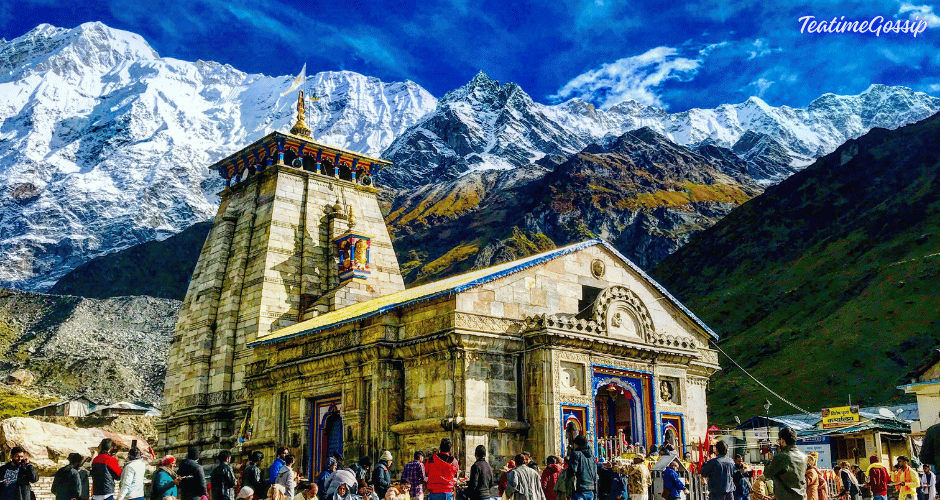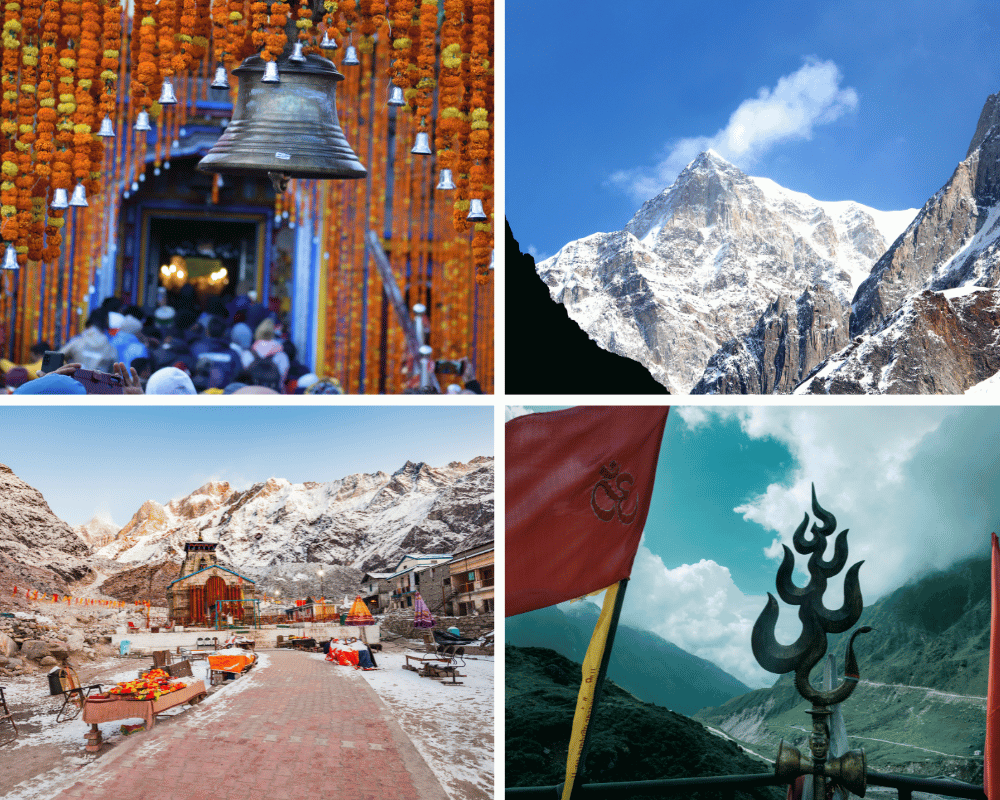Kedarnath: A Sacred Jewel of the Himalayas

Kedarnath, nestled in the Garhwal Himalayas at an altitude of 3,583 meters (11,755 feet), is one of the most revered pilgrimage sites in India. Known for its ancient temple dedicated to Lord Shiva, Kedarnath is part of the Char Dham Yatra and holds immense spiritual significance. This article explores the history, significance, and journey to Kedarnath, highlighting why it remains a cherished destination for devotees and trekkers alike.
Historical Significance
Kedarnath’s history is deeply intertwined with Hindu mythology and spirituality. The temple’s origins are believed to date back over a thousand years. According to legend, the Pandavas from the epic Mahabharata sought Lord Shiva’s blessings here to atone for their sins after the Kurukshetra War. Lord Shiva, wanting to avoid them, disguised himself as a bull and hid. When discovered, he dove into the ground, leaving his hump on the surface, which became the Kedarnath Temple. Other parts of his body appeared in different locations, forming the Panch Kedar.

The temple itself is believed to have been constructed by the Pandavas and later renovated by Adi Shankaracharya in the 8th century. Adi Shankaracharya’s samadhi (final resting place) is located just behind the Kedarnath Temple, further emphasizing its spiritual importance.
Spiritual Significance
Kedarnath is one of the twelve Jyotirlingas, which are considered to be the holiest Shiva temples. Devotees believe that visiting Kedarnath can cleanse their sins and lead them to salvation (moksha). The temple, with its exquisite stone architecture and the awe-inspiring backdrop of snow-clad peaks, emanates a profound sense of divinity and tranquillity.
The Kedarnath Temple
The Kedarnath Temple, constructed of large, heavy, and evenly cut grey stones, stands majestically in the midst of the breathtaking landscape. The temple’s architecture is simple yet imposing, with a conical-shaped Shiva lingam inside. The temple opens to pilgrims in late April or early May and closes around November for the winter months, during which the idol is moved to Ukhimath, where Lord Shiva is worshiped for the next six months.
The Journey to Kedarnath
Reaching Kedarnath involves a journey that is both physically demanding and spiritually enriching. The traditional route includes:
- Rishikesh to Gaurikund: The journey begins from Rishikesh, which is well connected by road and rail. From Rishikesh, pilgrims travel by road to Gaurikund, the base camp for the Kedarnath trek.
- Trek from Gaurikund to Kedarnath: The 16-kilometer trek from Gaurikund to Kedarnath takes pilgrims through picturesque landscapes, dense forests, and along the Mandakini River. The trek is challenging, requiring physical fitness and mental endurance, but the spiritual rewards and the stunning scenery make it worthwhile.
For those unable to trek, ponies, palanquins, and helicopter services are available, offering an easier way to reach the temple.

2013 Flash Floods and Resilience
In 2013, Kedarnath faced a devastating natural disaster when flash floods and landslides caused extensive damage to the area, resulting in significant loss of life and infrastructure. The temple, however, miraculously withstood the floods, with minimal damage, which many devotees attribute to divine intervention. Since then, extensive rehabilitation and reconstruction efforts have been undertaken to restore and improve facilities for pilgrims.
Conservation and Sustainable Tourism
Given the fragile Himalayan ecosystem, it is crucial to promote sustainable tourism in Kedarnath. Efforts are being made to minimize the environmental impact of the increasing number of pilgrims. Measures include improved waste management systems, eco-friendly accommodations, and raising awareness among visitors about the importance of preserving the natural and spiritual sanctity of the area.
Kedarnath is more than just a pilgrimage site; it is a testament to the enduring faith and resilience of humanity in the face of nature’s challenges. The journey to Kedarnath, with its spiritual significance, historical depth, and natural beauty, offers a transformative experience for devotees and travelers alike. Whether one seeks divine blessings, peace, or adventure, Kedarnath provides an unparalleled spiritual journey in the lap of the majestic Himalayas.